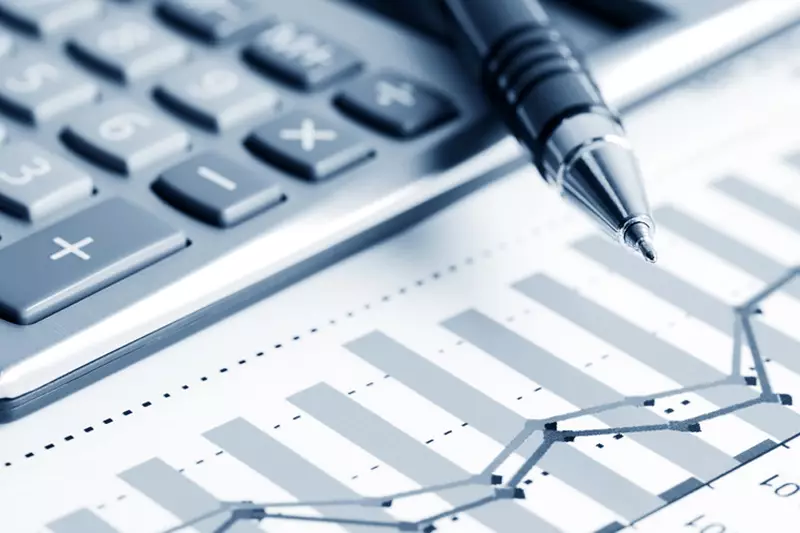As the U.S. presidential election approaches, the financial markets are experiencing heightened anxiety reflected in the increasing volatility of major currency pairs. Investors are closely monitoring the situation, anticipating significant shifts in economic policy based on the election results. This uncertainty is likely to impact not only the U.S. dollar but also the broader foreign exchange markets. As evidenced by recent data, the implied volatility for euro-dollar and sterling-dollar pairs has reached its peak since March 2023, signaling a period rife with potential market upheavals.
Historical Context of Currency Fluctuation
The surge in currency volatility is reminiscent of past electoral cycles, notably the 2016 election when Donald Trump emerged victorious. Historical patterns reveal that elections can drastically influence foreign exchange markets, with traders often experiencing significant fluctuations in their positions. For instance, leading up to the 2016 election, implied volatility for the euro surged nearly to 14%, while sterling volatility approached 13%. Such precedents indicate that traders should be wary of potential swings as polling results materialize, especially concerning pivotal candidates like Trump and current Vice President Kamala Harris, who are locked in a tight race.
The current rise in volatility can largely be attributed to the growing use of options as a hedging mechanism from investors. Options pricing reflects market sentiment and expectations regarding potential currency movements post-election. One-week options contracts are now capturing the sentiment for potential currency swings immediately following the election results on November 5. Traders appear to be positioning themselves for substantial reactions, which could be exacerbated by the Federal Reserve’s concurrent meeting that same week, intensifying the gravity of any announcements that may follow.
Betting markets have increasingly indicated a higher probability of a Trump victory, which could lead to policies characterized by increased tariffs and fiscal deficits. These anticipated changes are raising the specter of increasing U.S. interest rates, which historically tend to bolster the dollar’s value. As such, the dollar index recently climbed to a three-month high of 104.63. This statistic serves as a stark reminder of how swiftly currency values can shift in wake of political developments, and how critical it is for investors to remain attuned to on-the-ground realities and evolving market sentiments.
In light of these developments, the currency market may experience a volatile aftermath to the election due to unanticipated outcomes or even ambiguous results. Financial experts advise a cautious approach as the repercussions of the election could ripple through the global economy. Traders should prepare for immediate market reactions, which could be marked by extreme fluctuations as the dust settles from the electoral chaos. The upcoming week promises to be consequential, as both political and economic narratives converge, requiring keen observation and strategic foresight from market participants.
In essence, the intricate dynamics of the upcoming presidential election underscore the complexities within the currency markets, demanding that investors remain as vigilant as they are proactive.

